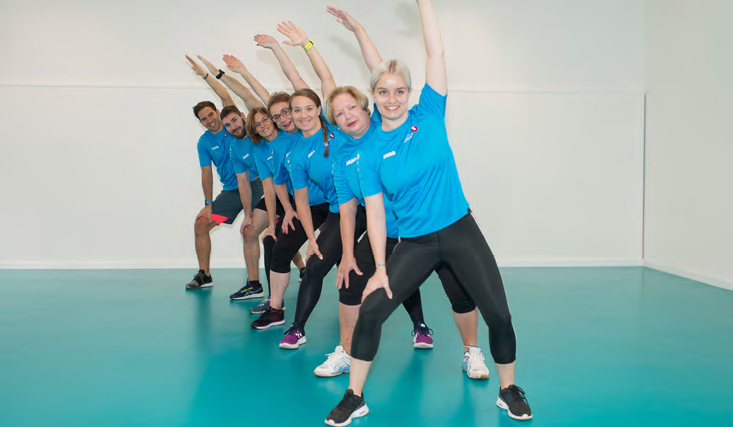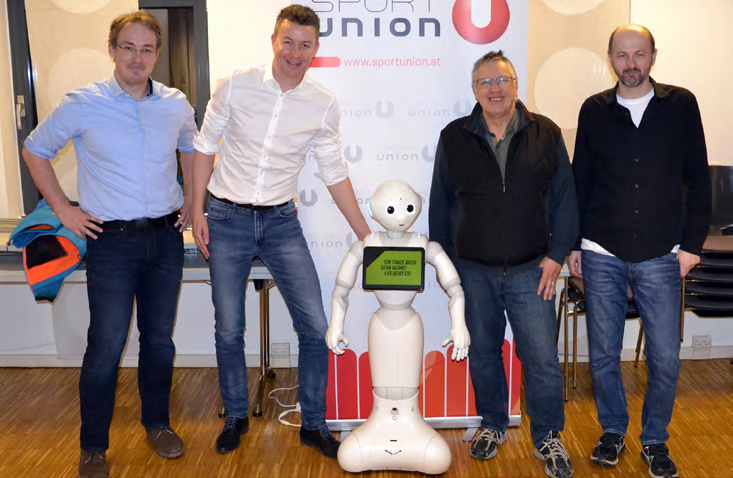RobPerMot - Robot embodied persuasion and motivation for sport, post rehabilitation and work routines
Short Description
Existing persuasion strategies and motivation systems used in health, leisure, sport and work contexts rely mainly on screen-based virtual applications, e.g., training apps on smartphones. Practice has shown, however, that such strategies often fail to have a long-term effect on user motivation. The project consortium investigates the effects of robot-based coaching and training approaches on the motivation of end users in different scenarios, starting with the sport and rehabilitation sector.
In order to increase the acceptance of robot-based services, end users must perceive them as useful and in line with their needs. The RobPerMot project therefore evaluates how such persuasion strategies can be leveraged to enhance motivation in sports and ultimately lead to health improvements. The robot should in no way be considered as a competitor to human experts; instead, robot-based coaching and training are designed to support the highly sought-after experts in their work and alleviate some of their burden.
Firt results
Three workshops have already been held to identify the different needs of coaches in the fields of competitive, team and health sports. The workshop participants discussed how coaches and humanoid robots can work together as a team in the future.
The workshops resulted in the definition of three use cases which will be further elaborated, implemented as prototypes and evaluated together with coaches and athletes. The three use cases are:
- reaction training (the robot is used for reaction training in ball sports and is controlled by the coach),
- children training (the robot is used to provide variety in children training by executing scripted processes, e.g., musical chairs, motivation games, exercise instructions) and
- circuit training (the robot is used to support circuit training).
Project Partners
Consortium lead
AIT Austrian Institute of Technology GmbH
Other consortium partners
Profactor GmbH, Sportunion Niederösterreich
Contact Address
AIT Austrian Institute of Technology GmbH
Dr. Andreas Sackl
Giefinggasse 4
A-1210 Vienna


